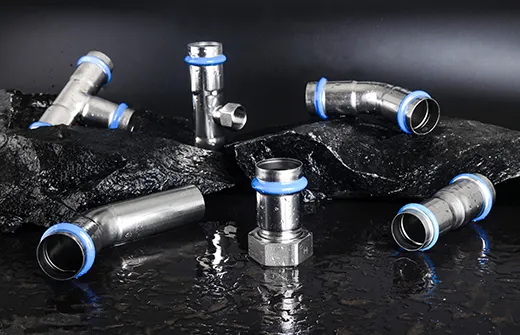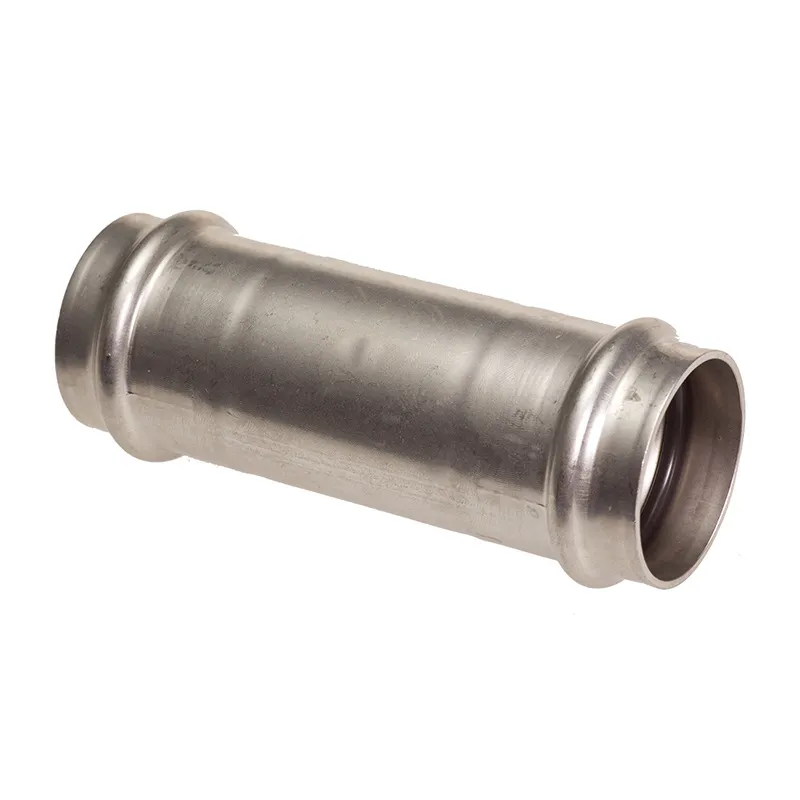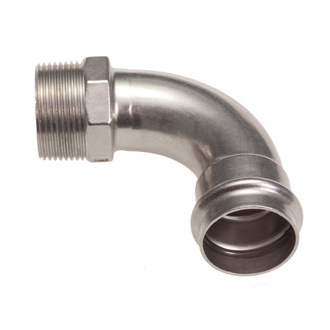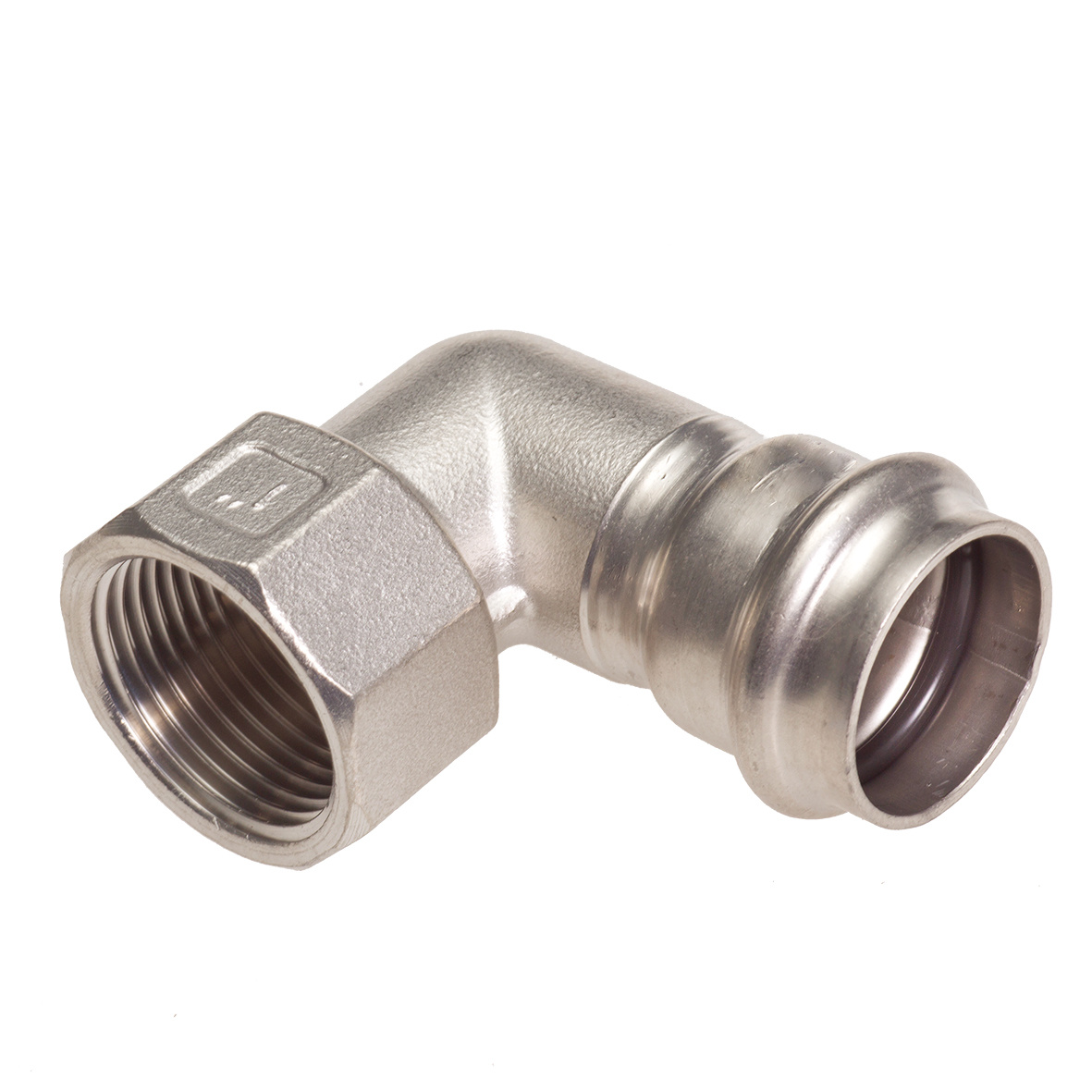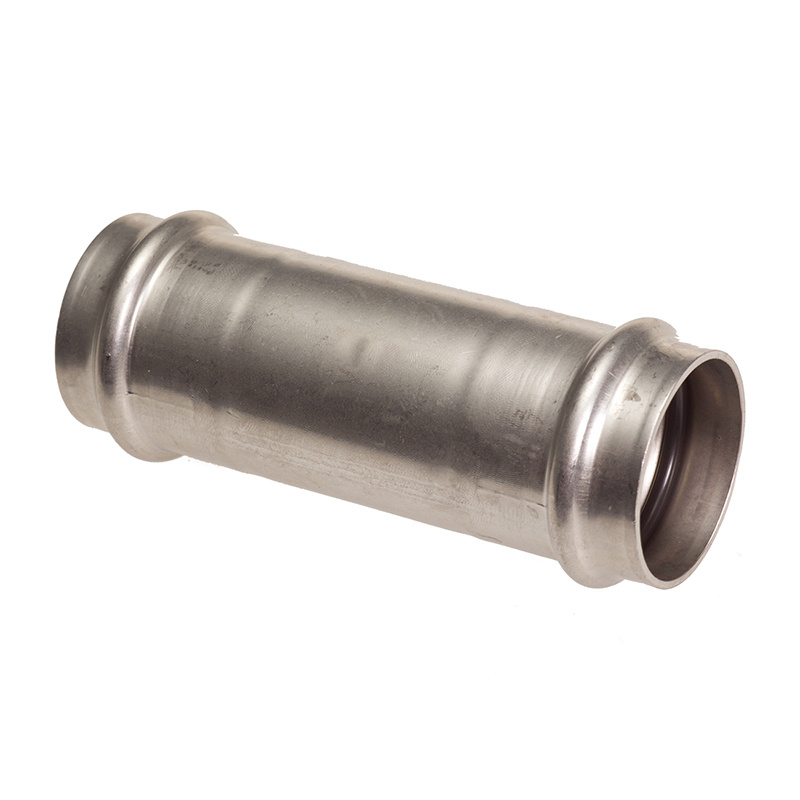Exploring the Benefits of 90º Extend Street Bend in Architectural Design
Nov 10,2025
Exploring the Benefits of 90º Extend Street Bend in Architectural Design
Architectural design is constantly evolving, adapting to new materials, technologies, and aesthetic preferences. Among the innovations that have emerged, the **90º extend street bend** stands out as a versatile element that enhances both functionality and aesthetics in architectural projects. This article will explore the numerous benefits of incorporating this design feature into architectural works, providing insights and guidance for architects and designers aiming to create impactful structures.
Understanding the 90º Extend Street Bend
The **90º extend street bend** is a type of architectural feature typically used in plumbing and construction applications. Its primary function is to redirect flow in a specific direction while maintaining structural integrity. This bend is often made from durable materials such as stainless steel, ensuring longevity and resistance to environmental factors.
The Importance of Material Selection
When considering the implementation of a 90º extend street bend, material selection plays a critical role. **Stainless steel** is a popular choice due to its strength, corrosion resistance, and aesthetic appeal. Using high-quality materials not only improves the durability of the structure but also enhances its visual characteristics, making it a perfect fit for modern architectural designs.
Architectural Benefits of the 90º Extend Street Bend
Incorporating the 90º extend street bend into architectural designs offers a range of benefits that contribute to the overall success of a project.
1. Enhanced Structural Integrity
One of the most significant advantages of using a 90º extend street bend is its ability to maintain the structural integrity of a building. By allowing seamless transitions in plumbing and electrical systems, this bend minimizes stress and potential failure points. This structural robustness is especially important in high-rise buildings and complex architectural designs.
Reducing Structural Strain
When bends and transitions in piping systems are not designed correctly, they can create strain on the overall structure. The 90º extend street bend reduces these stress points, ensuring that systems function efficiently without compromising the building's integrity.
2. Aesthetic Versatility
The 90º extend street bend is not just a functional component; it also contributes to the aesthetic appeal of a building. Its sleek lines and modern design can complement various architectural styles, from contemporary to industrial.
Creating Visual Flow
Incorporating a 90º extend street bend into a design can create a sense of visual flow. This feature can lead the eye through a space, enhancing the overall design experience. By strategically placing these bends, architects can guide movement and create dynamic focal points within a structure.
3. Practical Applications in Urban Design
Urban landscapes increasingly demand innovative solutions to manage space effectively. The 90º extend street bend proves invaluable in urban design, where space is often limited and functionality is paramount.
Efficient Space Utilization
In urban environments, using space efficiently is crucial. The 90º extend street bend allows for more compact designs, facilitating the integration of utilities in reduced areas without sacrificing performance. This adaptability is essential for urban planners and architects alike.
4. Environmental Considerations
As sustainability becomes a priority in architectural design, the materials and components used must align with eco-friendly practices. The 90º extend street bend, particularly when made from recyclable materials like stainless steel, supports sustainable construction efforts.
Reducing Waste and Resource Use
By using durable materials and reducing the need for excessive piping, the 90º extend street bend minimizes waste and resource consumption. This approach is both environmentally responsible and cost-effective.
Implementing the 90º Extend Street Bend in Design Projects
Incorporating the 90º extend street bend into architectural designs requires a thoughtful approach. Here are some key steps to consider:
1. Collaboration with Engineers
Working closely with engineers during the design phase is essential to ensure that the 90º extend street bend is utilized effectively. Engineers can provide insights into the structural implications of incorporating this feature and help determine the best placement.
2. Prototyping and Testing
Before full-scale implementation, architects should consider prototyping the 90º extend street bend in various design scenarios. This testing phase can reveal potential challenges and allow for adjustments before construction begins.
3. Continuous Education and Training
The architectural industry is continually evolving, and staying informed about the latest trends and technologies is crucial. Professionals should seek out training opportunities to understand better how to implement features like the 90º extend street bend in their designs.
Case Studies: Successful Implementations
To illustrate the benefits of the 90º extend street bend, let’s explore some successful examples:
1. Urban Mixed-Use Development
A recent urban mixed-use development project utilized the 90º extend street bend to create a seamless integration of plumbing and electrical systems. This design choice not only improved functionality but also contributed to the building's modern aesthetic appeal.
2. High-Rise Residential Complex
In a high-rise residential complex, architects incorporated the 90º extend street bend to optimize space in utility areas. This decision enhanced the building's overall efficiency and provided residents with visually appealing common areas.
FAQs about the 90º Extend Street Bend in Architectural Design
1. What is a 90º extend street bend?
A 90º extend street bend is a construction component used to redirect flow in plumbing and electrical systems while maintaining structural integrity.
2. What materials are commonly used for 90º extend street bends?
Stainless steel is a popular choice due to its durability, corrosion resistance, and aesthetic appeal.
3. How does the 90º extend street bend enhance structural integrity?
It reduces stress and potential failure points in plumbing and electrical systems, ensuring efficient functioning without compromising the overall building structure.
4. Can the 90º extend street bend be used in various architectural styles?
Yes, its sleek design and versatility make it suitable for various architectural styles, from modern to industrial.
5. How does using the 90º extend street bend contribute to sustainability?
Using durable and recyclable materials reduces waste and resource consumption, aligning with eco-friendly building practices.
Conclusion
In conclusion, the **90º extend street bend** is a crucial innovation in architectural design that offers numerous benefits, including enhanced structural integrity, aesthetic versatility, and practical applications in urban development. By integrating this feature thoughtfully, architects can create modern, functional, and visually appealing buildings that stand the test of time. As the architectural landscape continues to evolve, embracing innovative elements like the 90º extend street bend will be essential for those looking to push the boundaries of design and functionality.
Latest News

